Dec
27
2013
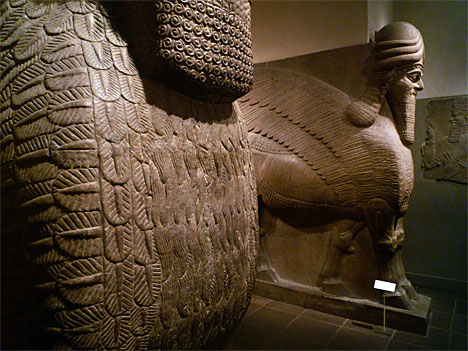
Now after Jesus was born in Bethlehem of Judea in the days of Herod the king, behold, wise men from the east came to Jerusalem, saying, “Where is he who has been born king of the Jews? For we saw his star when it rose and have come to worship him.” When Herod the king heard this, he was troubled, and all Jerusalem with him… (Matthew 2:1-2)
An atheist recently declared to me that a cumulative reading of the Bible makes no sense, since the Bible is not a single book but an anthology. I agree, but this “anthology” is indeed a single work because it was compiled by God. Without that foundation, the significance of much of its detail appears redundant. A good example is the wise men from the east in Matthew 2.
Continue reading
2 comments | tags: AD70, Christmas, Daniel, Herod, James Jordan, Matthew, Nebuchadnezzar, Revelation | posted in Biblical Theology, The Last Days
Dec
16
2013
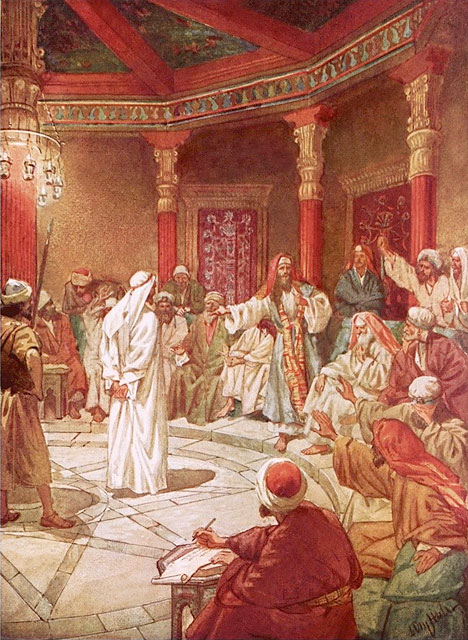
“Sanctions corresponds to the Day of Atonement. One goat goes to heaven (as fragrant smoke) and the other goes to hell, carrying the sins of the people into the wilderness, to be eaten by the birds and beasts. The difference here is that we have not two goats, but two High Priests…”
Matthew 26-27: SANCTIONS
The fourth major cycle moves us from the Covenant Ethics to the Covenant Sanctions. This concerns the pouring out of blessings and curses for obedience or disobedience to the Covenant, and the cleansing of the Land from the guilt of sin and the ensuing barrenness.
Aligning this pattern with its corrupted prototype in Eden, the “war of words” between Adam (Jesus) and the serpent (the Jewish rulers) is over, and it is time for some face to face combat, and a reckoning.
Continue reading
Comments Off | tags: Feasts, Fractals, High Priest, Literary Structure, Matthew, Peter | posted in Bible Matrix, Biblical Theology
Dec
9
2013
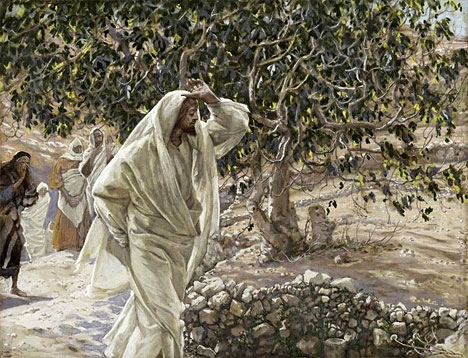
“A stone would be rejected by builders because it was ‘unhewn,’ like an Altar stone. But priestly submission was the only possible foundation for the perfectly chiseled stones of Israel’s temples, including the one still taking shape as Jesus spoke these words.”
Matthew 16-25: ETHICS
The third cycle moves us from the “Exodus” of Jesus and His ministry to the threshing of Israel under His new Law. His growing influence among the people (Hierarchy) brings Him into conflict with the authorities (Ethics).
Continue reading
1 comment | tags: Covenant curse, Covenant Theology, Literary Structure, Matthew | posted in Bible Matrix, Biblical Theology, The Last Days
Dec
6
2013
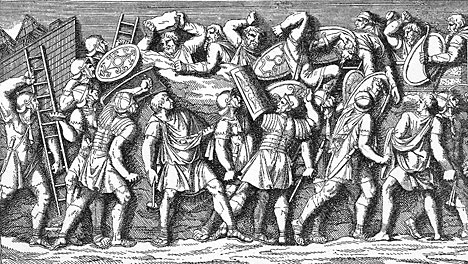
[A guest post by Chris Wooldridge]
“Woe to you, Chorazin! Woe to you, Bethsaida! For if the mighty works done in you had been done in Tyre and Sidon, they would have repented long ago in sackcloth and ashes. But I tell you, it will be more bearable on the day of judgment for Tyre and Sidon than for you. And you, Capernaum, will you be exalted to heaven? You will be brought down to Hades. For if the mighty works done in you had been done in Sodom, it would have remained until this day. But I tell you that it will be more tolerable on the day of judgment for the land of Sodom than for you.” (Matthew 11:21-24)
If we are paying careful attention to the historical context of this passage, it should be clear enough that the “day of judgment” referred to was fulfilled in the Jewish war of 66-70 AD. But why then does he seem to bring Tyre and Sidon/Sodom onto the scene in verses 22 and 24? Are we dealing here with a future judgment of the inhabitants of these cities, perhaps one which awaits the second coming of Christ?
Continue reading
Comments Off | tags: AD70, Chris Wooldridge, Covenant Theology, Jonah, Josephus, Matthew | posted in Biblical Theology, Quotes, The Last Days
Dec
3
2013
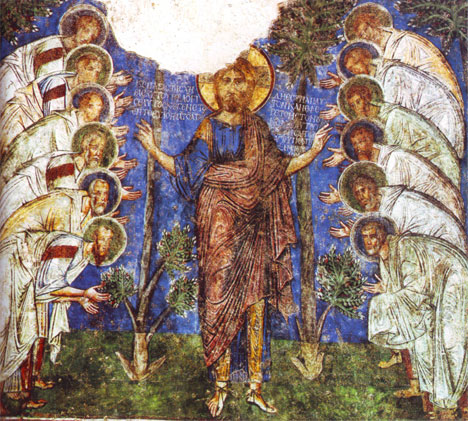
“John was not a court prophet but a man in skins, like Adam, representing both the goodness (covering) and severity (death) of God. John’s food and shelter, like his ministry, came directly from God, and was not the result of the wisdom of men.”
Matthew 10-15: HIERARCHY
The theme of the second major cycle of Matthew is the Hierarchy phase of the Covenant, which concerns the delegation of authority. This section contains seven cycles, a complete “week.” Identification of the structure answers some interesting questions concerning Jesus’ directives.
Continue reading
Comments Off | tags: Covenant Theology, Herod, Herodias, John the Baptist, Literary Structure, Matthew | posted in Bible Matrix, Biblical Theology, The Last Days
Nov
29
2013
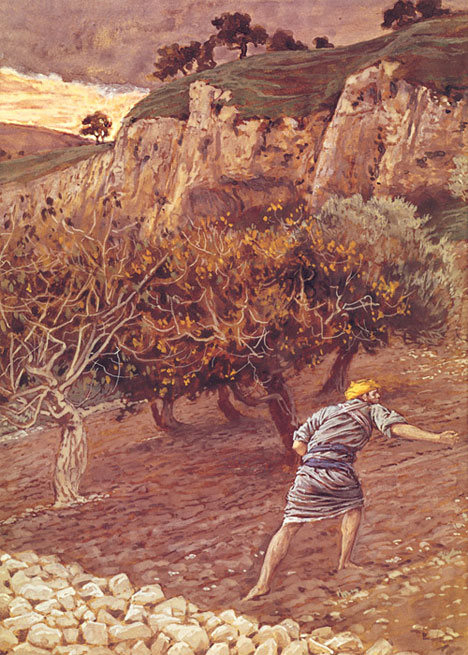
“…we tend to read the parables as if Jesus’ ministry is at the beginning of the parables… I’m suggesting that we think about Jesus coming at the end of the story instead.”
Peter Leithart puts Jesus’ parables where they belong — in the context of Israel’s history.
Parables thus teach us about God’s ways and help us to anticipate what happens next. Whenever a field is planted with wheat, whenever we see the word spreading out through the world, we can expect the devil to spread his own seed, and the two grow up until a harvest. These are mysteries of God’s dealings throughout the ages. By learning to interpret parables, God forms us into prophets who know the times and can see God’s trajectories.
Continue reading
Comments Off | tags: Matthew, Peter Leithart | posted in Biblical Theology, The Last Days
Nov
28
2013

I guess this series should be called “A Structure of Matthew,” since there are so many interesting resources available. But of course, as usual, I reckon everyone else is wrong because the Bible Matrix is “the killer hermeneutic.” Ha! See what you think.
Continue reading
Comments Off | tags: Covenant Theology, Literary Structure, Matthew | posted in Bible Matrix, Biblical Theology, The Last Days
Nov
17
2013
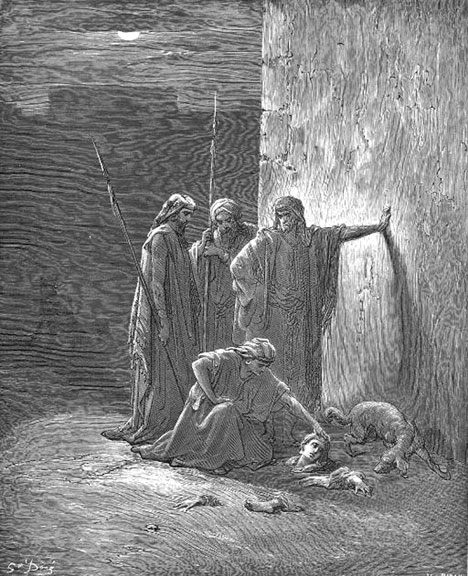
Who are the dogs and pigs whom Jesus warns His hearers against in Matthew 7?
[This post has been refined and included in Sweet Counsel: Essays to Brighten the Eyes.]
Continue reading
1 comment | tags: Communion, Covenant Theology, Lampstand, Matthew, Sermon on the Mount, Tabernacle | posted in Bible Matrix, Biblical Theology
Aug
7
2013
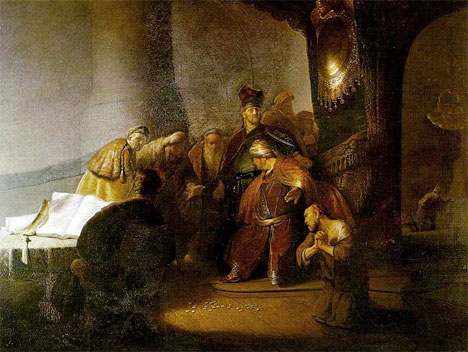
Covenant Structure in Zechariah 11
“The meek will eventually inherit the earth but the wicked will always have to buy it.”
Reading the book of Zechariah, like most Bible prophecies, is like tuning in to Season 3 of any good TV series without watching Seasons 1 and 2. Our problem today is not that we haven’t actually read the books of Moses (well, I hope we have) but that we haven’t been taught to read them into the prophets and the New Testament. We treat them like we’ve now switched channels, or shows, and the authors are starting with a blank canvas! However, the canvas isn’t blank. The prophets were God’s repo men, and their messages were all framed in the context of the Covenant contract. What amazes me is how inventive the prophets are (or the Spirit is) in coming up with something new and surprising using the patterns laid down in Moses.
Continue reading
Comments Off | tags: Acts, Esau, Herod, Judas, Literary Structure, Matthew, Minor Prophets, Passover, Pharaoh, Zechariah | posted in Bible Matrix, Biblical Theology
Jul
16
2013
 “When Moses slew the Egyptian, he was doing the will of God but not with the power of God.”
“When Moses slew the Egyptian, he was doing the will of God but not with the power of God.”
Numbers 12:3 says that Moses was the meekest man “on the face of the ground [adamah].”
Psalm 37:11 says the meek will inherit the Land [eretz] and delight in abundant prosperity.
Isaiah 11:4 says that
with righteousness [God] shall judge the poor,
and decide with equity for the meek of the Land;
and he shall strike the Land with the rod of his mouth,
and with the breath of his lips she shall kill the wicked.
Firstly, what is meekness? And secondly, why is it connected to “face of the ground” (Adam), or Land?
This post has been slain and resurrected for inclusion in my 2015 book of essays, Inquietude.
Continue reading
Comments Off | tags: Ascension, Firstfruits, Genesis, Herod, Isaiah, James Jordan, Matthew, Moses, Pharaoh, Tabernacle | posted in Bible Matrix, Biblical Theology, Christian Life, Ethics, Quotes, The Last Days



































